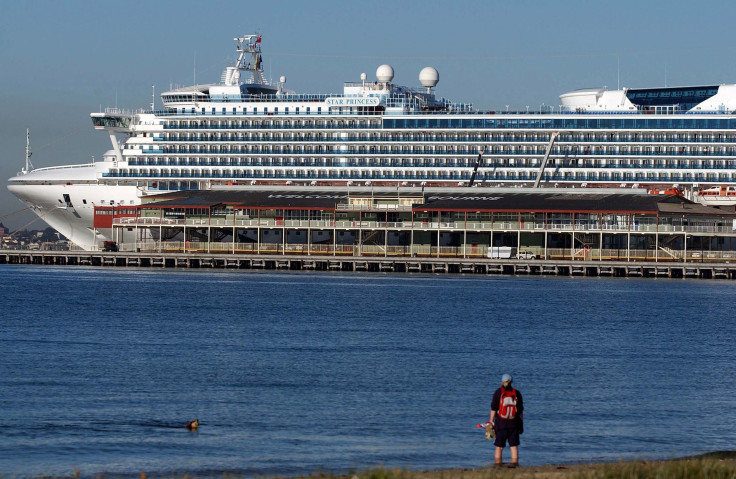How To Tackle Maritime Piracy? Blackout On Sea Princess Avoids Somali Pirates

A luxury cruise ship on a 104-day world tour and carrying 1,900 passengers was forced into a 10-day blackout mode on the first leg of its journey from Sydney to Dubai as the crew feared an attack by Somali pirates, reports said Wednesday.
The Sea Princess went on a dusk-till-dawn shutdown for 10 days, during which the lights on the ship were also dimmed to avoid unnecessary attention. The blackout took place while the ship traversed the Indian Ocean, Arabian Sea, the Gulf of Aden and the Suez Canal.
Trending: Man Sues American Airlines After 14-Hour Flight Next To Obese Passengers
Carolyne Jasinski, a passenger on the ship, wrote on news.co.au that the captain of the ship announced there was a "real" threat of a pirate attack.
"No deck parties, no movies under the stars, no late-night outdoor bar hopping or pool dipping," Jasinski wrote, providing the list of things that were shut down because of the potential threat.
"No lights, no party atmosphere, no lapping up tropical breezes on their balconies. All around the ship, as the sun set, all curtains were drawn and all shutters closed. Bright lights, which normally signal the presence of the Sea Princess on the ocean, were dimmed or turned off altogether," she wrote.
"She was a ghost ship," she added.
Jasinski also mentioned that the captain informed the passengers there would be a "compulsory pirate drill."
In March, pirates hijacked an oil tanker off the coast of Somalia, which was said to be the first successful hijacking of a commercial ship by them since 2012.
Read Also: British Jogger Shoves Woman In Front Of Oncoming Bus
The United Nations has had several meetings throughout the years over the issue, specifically in 2008 when concerns were heightened due to persistent and high-profile acts of piracy off the coast of Somalia.
According to records maintained by International Maritime Organization (IMO) since 1984, there were more than 440 reported acts of piracy off the Somalian coast till 2008.
"Of these, 120 took place in 2008 alone," IMO Secretary General Efthimios Mitropoulos told the U.N. in November 2008.
However, anti-piracy organization Oceans Beyond Piracy claimed incidents of piracy in the west Indian Ocean came down in the last few years due to counter-measures and increased presence of naval vessels in the waters.
"The economic cost of piracy was around $7 billion in 2010, decreasing to $1.3 billion in 2015," according to the organization, CNBC reported in March.
Princess Cruises, the cruise line that owns Sea Princess, told the New York Daily News the measures they took on the ship were simply done "out of an abundance of caution."
"In addition to our normal ongoing security training, additional piracy specific training is conducted prior to any of our vessels entering areas of concern," the company said. "Any measures aboard Sea Princess were simply taken out of an abundance of caution and not in response to a specific threat and are common to international shipping sailing in the region."
There are ways to protect a ship in case of a pirate attack, and certain security measures can be followed in order to prevent the attacks from escalating.
Armed guards on ships traveling through Somali waters have become a standard on British ships since 2013. Generally, a large ship has four guards, usually experienced and former Royal Marines who possess the skills and the ability to resist the threat, according to the Telegraph.
British arms firm BAE Systems developed an anti-pirate laser in 2011 to dazzle pirates in case of an attack. The laser was said to be effective up to a mile, and didn't cause permanent harm to the eyesight.
Water canons and sound guns are also fitted into ships in order to ward off incoming pirates or their boats.
Other measures include boat traps, razor wires and electric fences in order to prevent pirates from getting aboard; slippery anti-traction foam can also be used to prevent pirates from climbing up the vessel.
© Copyright IBTimes 2024. All rights reserved.












